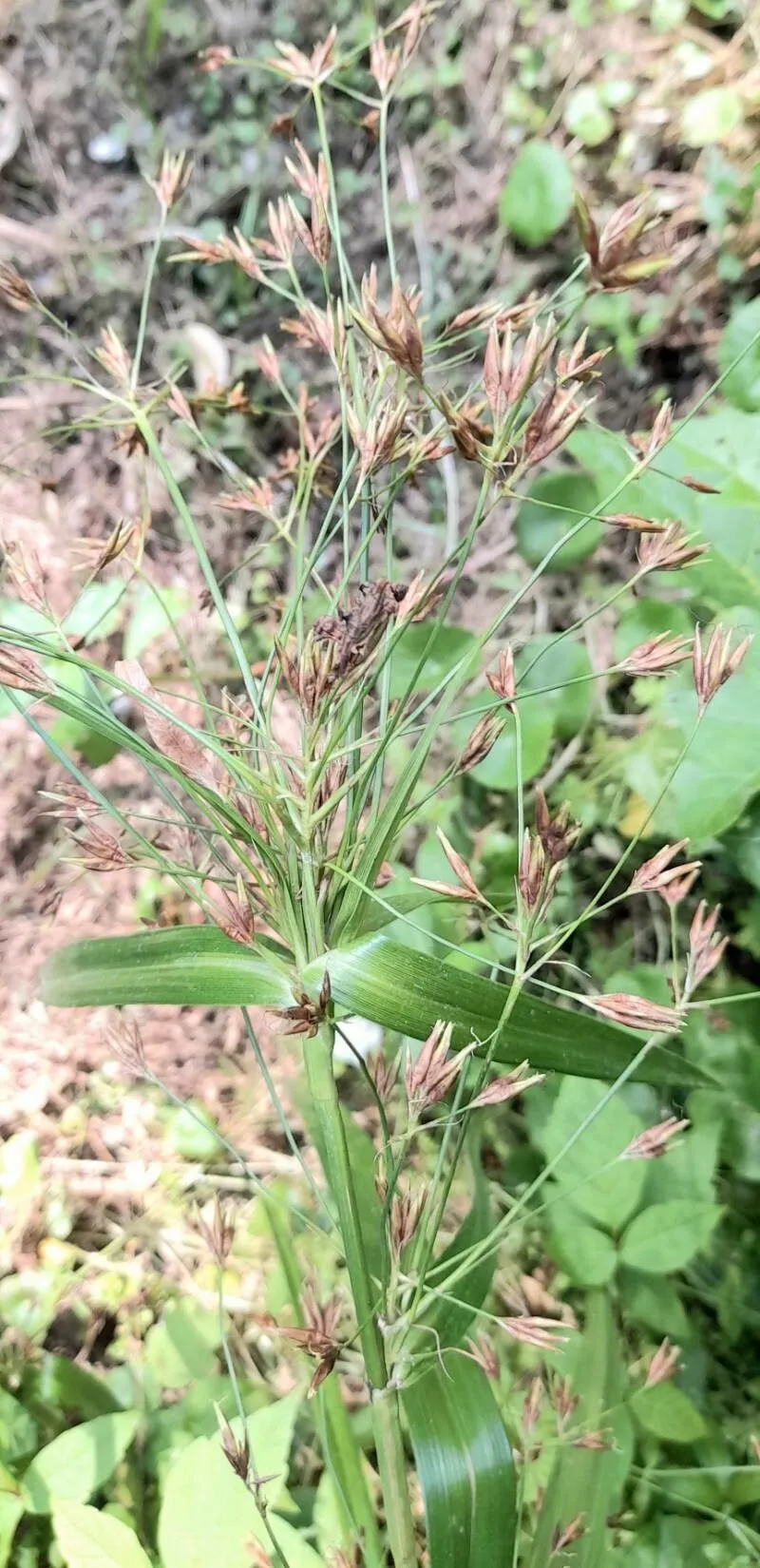
Author: Britton
Bibliography: Trans. New York Acad. Sci. 11: 84 1892
Year: 1892
Status: accepted
Rank: species
Genus: Rhynchospora
Vegetable: False
Observations: Tropics & Subtropics
Golden beak sedge, scientifically known as Rhynchospora corymbosa, is a remarkable and distinctive member of the Cyperaceae family. Recognized for its vibrant appearance and ecological adaptability, this perennial plant thrives predominantly in tropical and subtropical regions around the globe. The plant was first documented in the authoritative botanical literature in 1892, thanks to the dedicated work of Britton, and it has since become a subject of interest for botanists and plant enthusiasts alike.
This sedge features elegant, slender stems that rise gracefully from the ground, often forming dense colonies that can significantly alter the landscape where they grow. The plant is named for its characteristically golden inflorescences, which resemble a bird’s beak, giving it a unique and easily identifiable appearance among wetland flora. These golden clusters not only add a splash of color to their environment but also play a crucial role in the plant’s reproductive cycle, attracting various pollinators.
Golden beak sedge favors wet and marshy habitats, frequently inhabiting the edges of ponds, swamps, and other bodies of freshwater. Its ability to thrive in such conditions speaks to its resiliency and specialized adaptations that enable it to persist even in less-than-ideal circumstances. The plant’s root systems are particularly effective in stabilizing soil, preventing erosion, and contributing to the health of wetland ecosystems.
Ecologically, Rhynchospora corymbosa serves an important role. By providing cover and food for wildlife, it supports a wide range of organisms, from insects to amphibians. Furthermore, its presence signals a healthy wetland environment, as it often indicates unpolluted and stable ecosystems.
In summary, Golden beak sedge is more than just a visually striking plant; it is an integral part of the ecosystems it inhabits. Its scientific documentation dates back over a century, yet its importance and allure have only grown with time. Rhynchospora corymbosa continues to be a vital component of tropical and subtropical wetlands, underscoring the intricate and delicate interplay between flora and their environments.
Spa: cortadera
Eng: golden beak sedge, matamat
En: Golden beak sedge, Matamat, Golden beak-sedge, Golden beaksedge
Fr: Rhynchospore en corymbe
De: Goldgelbes Schnabelried
Es: Cortadera
© copyright of the Board of Trustees of the Royal Botanic Gardens, Kew.
© copyright of the Board of Trustees of the Royal Botanic Gardens, Kew.
© copyright of the Board of Trustees of the Royal Botanic Gardens, Kew.
Taken Nov 5, 2022 by Trap Hers (cc-by-sa)
Taken Nov 5, 2022 by Trap Hers (cc-by-sa)
Taken Nov 5, 2022 by Trap Hers (cc-by-sa)
Taken Mar 2, 2022 by Yunita Apriyanti (cc-by-sa)
Taken Nov 5, 2022 by Trap Hers (cc-by-sa)
Taken Nov 5, 2022 by Trap Hers (cc-by-sa)
Taken Sep 23, 2013 by Endemia – Jean-François Butaud (cc-by-nc)
Taken Nov 5, 2022 by Trap Hers (cc-by-sa)
Taken Nov 5, 2022 by Trap Hers (cc-by-sa)
Taken Apr 17, 2019 by OTS – J. González (cc-by-nc-sa)
Taken Apr 17, 2019 by OTS – J. González (cc-by-nc-sa)
Taken Apr 17, 2019 by OTS – J. González (cc-by-nc-sa)
Growth habit>: Graminoid
Family: Myrtaceae Author: (F.Muell.) K.D.Hill & L.A.S.Johnson Bibliography: Telopea 6: 402 (1995) Year: 1995 Status:…
Family: Rubiaceae Author: Pierre ex A.Froehner Bibliography: Notizbl. Bot. Gart. Berlin-Dahlem 1: 237 (1897) Year:…
Family: Sapindaceae Author: Koidz. Bibliography: J. Coll. Sci. Imp. Univ. Tokyo 32(1): 38 (1911) Year:…
Family: Asteraceae Author: A.Gray Bibliography: Pacif. Railr. Rep.: 107 (1857) Year: 1857 Status: accepted Rank:…
Family: Fabaceae Author: Medik. Bibliography: Vorles. Churpfälz. Phys.-Ökon. Ges. 2: 398 (1787) Year: 1787 Status:…
Family: Aspleniaceae Author: (Cav.) Alston Bibliography: Bull. Misc. Inform. Kew 1932: 309 (1932) Year: 1932…